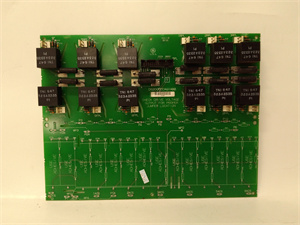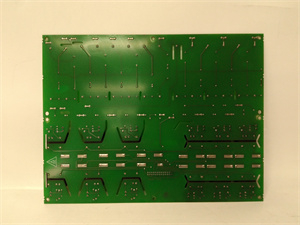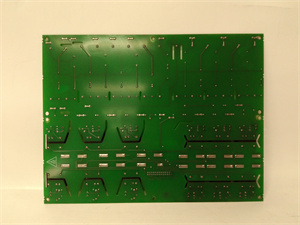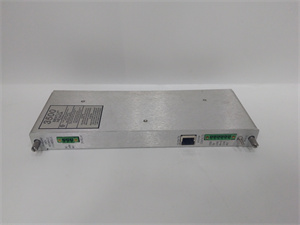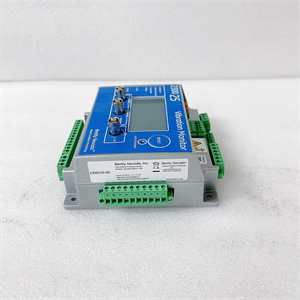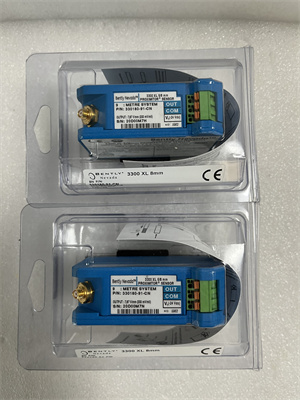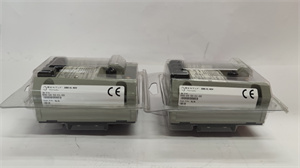Description
1. Product Description
The GE DS200CPCAG1ABB is a high-performance contactor pilot board designed for GE’s Mark V series of turbine control systems. As a critical component in legacy Mark V systems, this board converts 115V AC to 105V DC voltage, enabling precise control of contactors of GE’s speedtronic control system. With a 24V DC 15A socket power relay, four terminal blocks (supporting 12 signal wires), and a rugged PCB coating, the DS200CPCAG1ABB ensures reliable operation in harsh industrial environments. Its legacy design aligns with GE’s patented control technology, making it a trusted choice for retrofitting or maintaining Mark V systems.
2. Product Parameters
| Parameter | Specification |
|---|---|
| Part Number | DS200CPCAG1ABB |
| Manufacturer | GE (General Electric) |
| Series | Mark V |
| Function | Contactor Pilot Board |
| Voltage | Input: 115V AC; Output: 105V DC |
| Relay Rating | 24V DC 15A |
| Connectors | 1x 12-pin, 2x 2-pin |
| Terminal Blocks | 4 (supports 12 signal wires) |
| PCB Coating | Normal (protective coating) |
| Dimensions | 4 x 3.5 inches (10.2 x 8.9 cm) |
| Compatibility | GE Mark V turbine control systems |
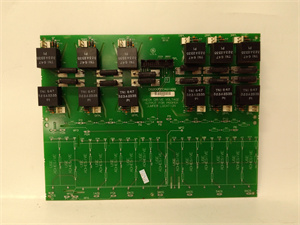
DS200PCCAG1ABB
3. Advantages and Features
- Rugged Design: Thick PCB coating and robust components resist wear and environmental stresses.
- Precise Voltage Regulation: Rectifiers, capacitors, and diodes ensure stable 105V DC output for contactor operation.
- Reliable Contactor Control: 115V DC coil voltage keeps contactors closed after initial activation.
- Easy Integration: Standard connectors and terminal blocks simplify installation in Mark V systems.
- Legacy Support: Backward-compatible with GE’s Mark V series, ideal for maintaining older industrial control setups.
4. Application Areas and Cases
Industry Applications:
- Power generation (gas turbines, steam turbines).
- Oil and gas refineries.
- Industrial automation systems.
Case Study:
A power plant in Texas used the DS200CPCAG1ABB to replace a faulty contactor board in its Mark V turbine control system. The board’s voltage regulation and rugged design restored stable operation, reducing downtime by 40% and extending the system’s lifecycle by 5+ years.
A power plant in Texas used the DS200CPCAG1ABB to replace a faulty contactor board in its Mark V turbine control system. The board’s voltage regulation and rugged design restored stable operation, reducing downtime by 40% and extending the system’s lifecycle by 5+ years.
5. Competitive Comparison
Compared to similar legacy contactor boards, the DS200CPCAG1ABB offers:
- Higher voltage tolerance (115V AC input vs. 24V AC in some alternatives).
- Enhanced reliability through GE’s speedtronic technology.
- Direct compatibility with Mark V systems, eliminating retrofit costs.
DS200PCCAG1ABB
6. Selection Recommendations
- Compatibility: Ensure integration with GE Mark V systems (check part number and series compatibility).
- Environment: Verify temperature and humidity ratings for harsh industrial settings.
- Maintenance: Prioritize refurbished units (if new stock is unavailable) with certified testing.
- Budget: Balance cost with long-term reliability—legacy boards like the DS200CPCAG1ABB often offer better ROI than generic alternatives.
7. Precautions
- Installation: Handle the board carefully to avoid damaging the tall 24V DC relay (prone to physical impact).
- Voltage Checks: Ensure input voltage matches specifications (115V AC) to prevent component failure.
- Termination: Use washers when securing screws to avoid PCB cracks. Tighten terminal blocks gently to prevent wire damage.
- Maintenance: Periodically inspect the relay for wear; replace if moving parts show signs of degradation.

